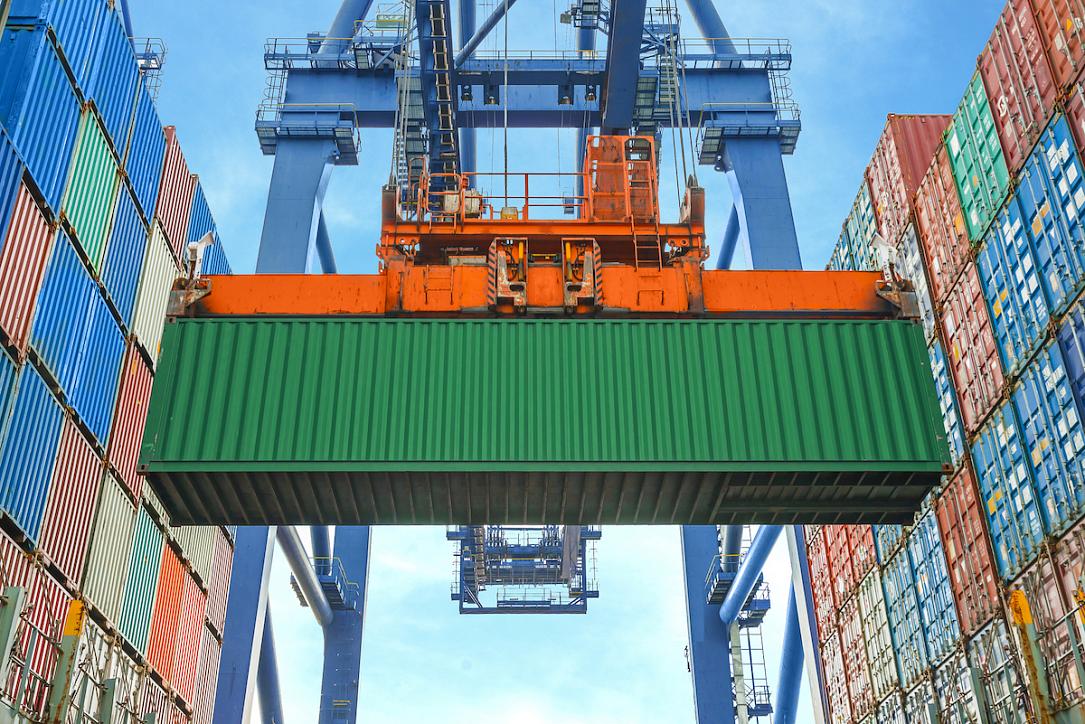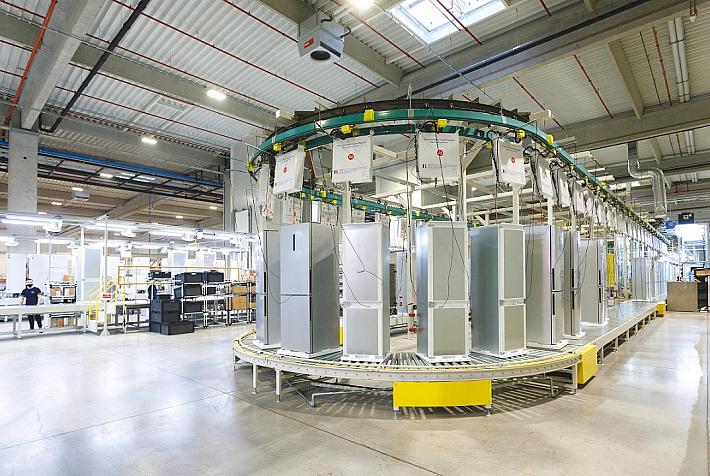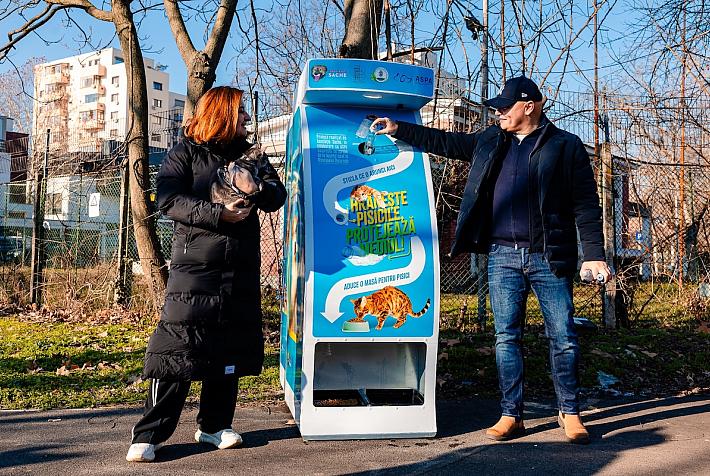Romania’s foreign trade stagnates and shrinks as a share of total economy

Romania’s trade deficit with goods increased by 29% y/y to EUR 2.95 billion in July, as the exports’ modest improvement (+8.6% y/y) was offset by the robust increase (+13.4% y/y) in imports, according to the statistics office INS.
It could be concluded that the robust demand for private consumption, driven by higher wages, drove the imports and the trade gap – but it would be short-sighted. In fact, the 12% y/y nominal advance in consumption in 12 months to June (latest data available) failed to push up the imports that contracted by 1.5% y/y.
In volume terms, the 4.4% y/y advance in consumption (+4.5% y/y for households) pushed up the imports (goods) by only 0.5% y/y. The import of services increased by 1.0% y/y. But the GDP rose three times faster than the import of goods, by 1.9% y/y.
From a slightly broader perspective, Romania’s exports and imports (hence the trade gap) expressed in nominal (euro and local currency) terms have actually featured no particular trend for the past two years.
Exports, imports, and trade have stagnated nominally.
High annual growth rates, such as the deficit’s sharp advance in July ( or Q2), reflect certain volatility but not necessarily real trends.
In comparative terms, as a share of the total economy (GDP), both exports and imports (and the deficit) shrunk.
The exports in 12 months to July contracted by 1.9% y/y to EUR 92.6 billion, imports edged down by 1.0% y/y to EUR 124.0 billion, and the trade gap increased marginally by 1.5% y/y to EUR 31.4 billion.
In the meantime, for the same period of time, the GDP increased by 11.3% y/y (as of June 2024, the latest data available), diluting Romania’s foreign trade figures – including the deficit.
iulian@romania-insider.com
(Photo source: Prasit Rodphan/Dreamstime.com)













